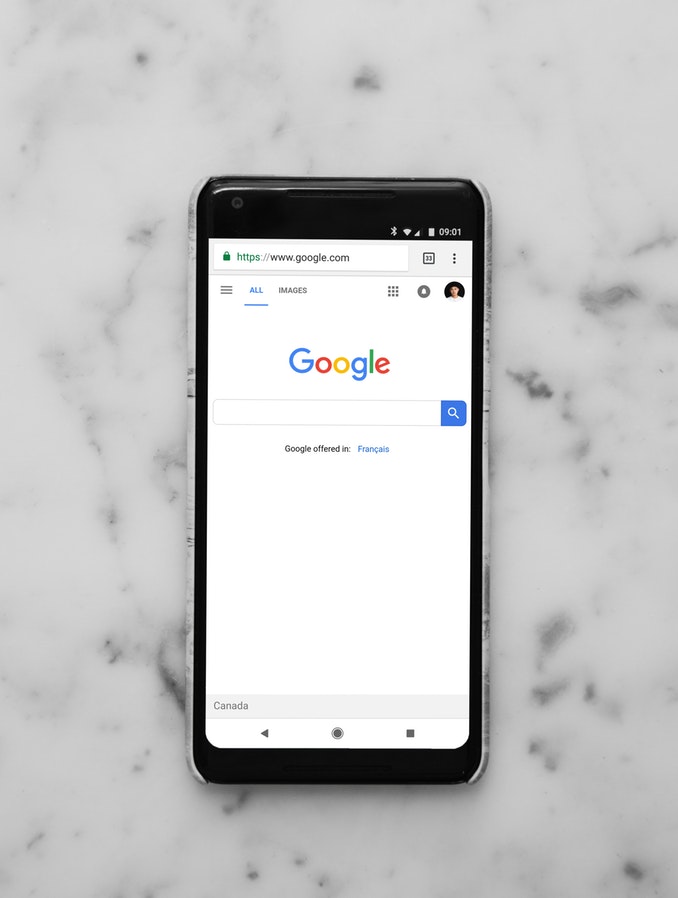Google Pay Adds P2P and Mobile-Ticketing Features, But Google Pay Send Still Lives
Since Android Pay and Google Wallet were organized into the single service, Google Pay during the summer, it has emerged as one of the cheapest payment services around.
In July, Android Pay app was rebranded as Google Pay, and the Google Wallet app which is called Google Pay Send. With this change, Google Pay and Google Pay Send users in the U.S. no longer need two apps to handle all of their contactless payments, including peer-to-peer (P2P) transactions. Google Pay Send will eventually be phased out, but a date has not been announced.
History of the Changes
In 2018, to simplify payments and make it easier for people to make purchases through their Google accounts, Google brought all of its products together under the umbrella of Google Pay. Its peer-to-peer payment capability, which was known as Google Wallet,
The changes were made to provide a complete experience for users within its app and online. In February, Google formally unveiled Google Pay as the successor to a series of contactless mobile-payment and P2P apps formerly branded as Android Pay, Google Wallet, and the original Google Checkout. At the time, Google also announced that it was not only unifying its branding, but adding other value-added features over time.
Another New Features
Another addition to Google Pay is a tab called Passes, which allows users to store mobile concert tickets and boarding passes, as well as store loyalty or gift cards. Ticketmaster and Southwest Airlines are the first supported companies, and the app will support Eventbrite, Singapore Airlines, and the Spanish, affordable airline, Vueling, in the future.
Also in the works is a plan for Google Pay, which is compatible with Android operating systems, as well as Apple Inc.’s iOS mobile operating system within certain web browsers. to digitize mass transit payments in major cities around the world. The major cities being considered are London, Madrid, Moscow, Tokyo, Sydney, and Las Vegas. The idea is to make using mass transit simple, efficient, and convenient. Digitizing these types of payments would allow users to buy tickets online, use their phones at the gate, and then, go where they need to go.
A Way to Save
Google Pay is a major competitor in the contactless payment market. It charges no fees to use debit cards or make bank transfers, but you pay a 2.9% rate for credit cards, which is one of the lowest fees among payment aggregators. Also, users can transfer a maximum of $9,999 per transaction, which is just slightly under PayPal.
What Makes Google Pay Stand Out
The real impressive part about Google Pay is the way it can seamlessly integrate with other Google services. For example, a person with a Gmail account can request money by simply pressing the little dollar sign in the toolbar under a message. Users also have the option of sending money through Android Messages, the default texting service on most Android phones, and it will show up in Google Pay. Also, those with Google Home can ask it to transfer money to anyone through Google Pay.
Transferring money into your bank account may take up to three days, which is slightly longer than others that only take one day. However, its instant when you send it to a debit card.
Food for Thought
Google Pay is another stand out in the ever-growing payments industry. As it changes and evolves, other payment providers and aggregators will find it imperative that they pay attention and adapt accordingly.
Businesses that want to stay ahead of the payment game should consider the merchant services offered by eMerchantBroker.com (EMB). It is a high-risk merchant account provider that works with businesses of all sizes and backgrounds, including those with no credit processing history and poor credit.
EMB makes the merchant account process simple and offers chargeback mitigation tools and fraud protection. It online application is quick and easy.


